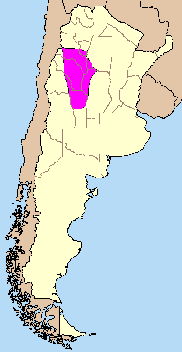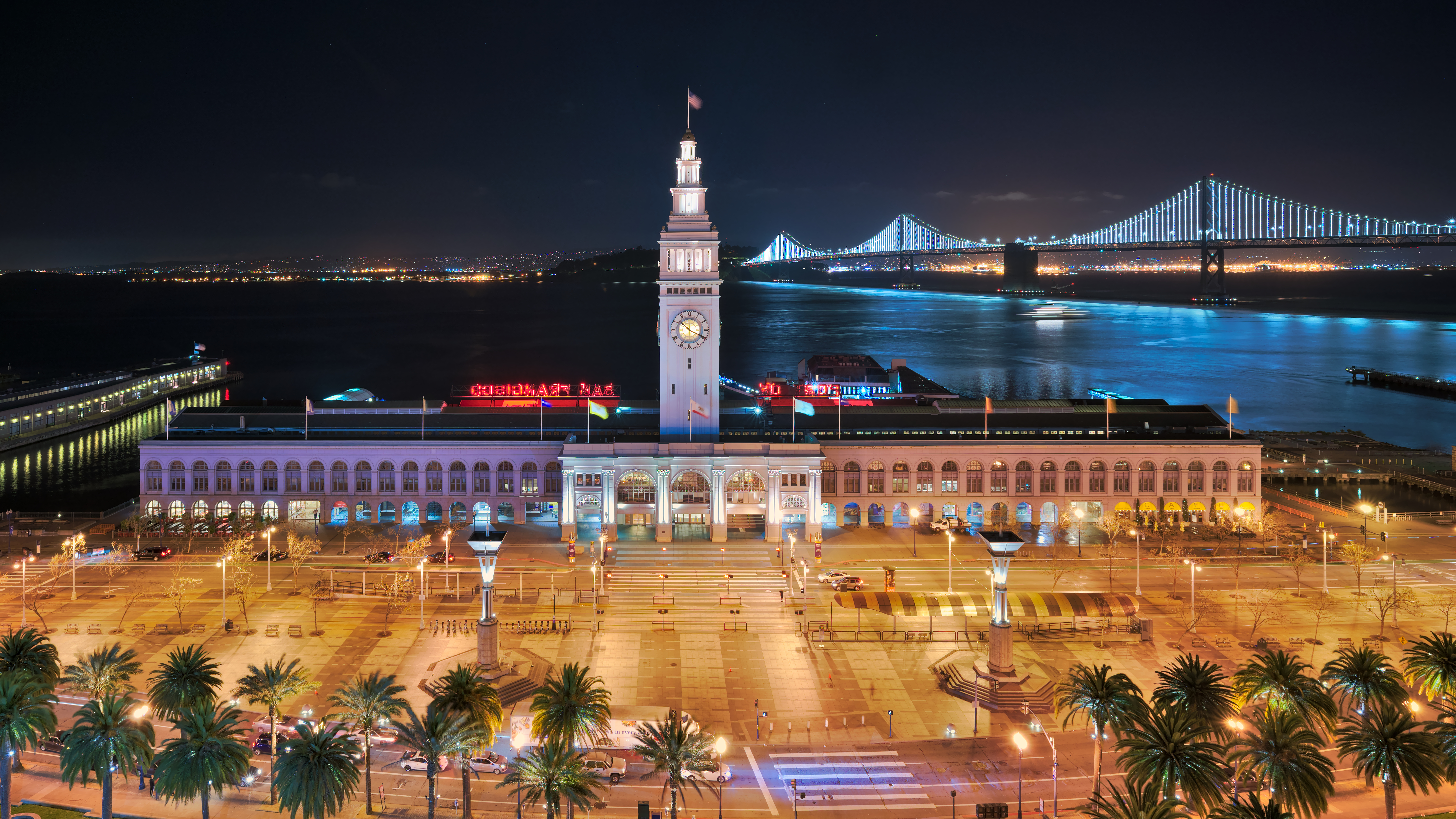|
Arnoldo Castillo
Arnoldo Castillo (April 29, 1922 – September 29, 2005) was an Argentine politician. Life and times Arnoldo Aníbal Castillo was born to Carmen Berrondo and Gualberto Castillo in Quilmes, a suburb of Buenos Aires, in 1922. His parents relocated to Catamarca, in the Argentine Northwest, early in his childhood. Castillo enrolled at the National University of Córdoba, where he studied mechanical engineering, and at the National University of San Juan, to study mining engineering. Unable to graduate, he was subsequently hired as a public administration clerk at ''Vialidad Nacional'', the National Highway Bureau, and became a specialized advisor in the construction of mountain roads. His experience took him to Bolivia in 1949, and helped plan that country's stretch of the Pan-American Highway. Returning to Catamarca, he worked as a consultant from 1950 to 1963, when he was elected to the Provincial Legislature on the centrist Radical Civic Union (UCR-P) ticket. Castillo was elect ... [...More Info...] [...Related Items...] OR: [Wikipedia] [Google] [Baidu] |
Oscar Castillo
Oscar Aníbal Castillo (born 18 January 1954) is an Argentine Radical Civic Union (UCR) politician, currently a Senator for the Civic and Social Front of Catamarca and a former governor of that province. He is the son of the late Arnoldo Castillo, a leading figure in the Catamarca UCR. Biography Castillo was born in San Fernando del Valle de Catamarca. He studied at the Universidad Nacional del Litoral becoming a lawyer. He was active in student politics, serving as secretary of his faculty's student union and representing his university at the Buenos Aires University Federation in 1980. He married the former Silvia Brocal, an accountant, and had two children. Castillo has held high office in the UCR. He was President of the UCR youth wing in Catamarca Province (1981–83), and represented his province on the UCR national committee, in 1990-96 and 2001–04, and was vice-president and treasurer of the party. Castillo served as a provincial deputy (legislator) in Catamarca (1 ... [...More Info...] [...Related Items...] OR: [Wikipedia] [Google] [Baidu] |
National Reorganization Process
The National Reorganization Process (Spanish: ''Proceso de Reorganización Nacional'', often simply ''el Proceso'', "the Process") was the military dictatorship that ruled Argentina from 1976 to 1983, in which it was supported by the United States until 1982. In Argentina it is often known simply as última junta militar ("last military junta"), última dictadura militar ("last military dictatorship") or última dictadura cívico-militar ("last civil–military dictatorship"), because there have been several in the country's history and no others since it ended. The Argentine Armed Forces seized political power during the March 1976 coup against the presidency of neutralist (non-Communist or non-Democratic) Isabel Perón, the successor and widow of former President Juan Perón, at a time of growing economic and political instability. Congress and democracy were suspended, political parties were banned, civil rights were limited, and free market and deregulation policies we ... [...More Info...] [...Related Items...] OR: [Wikipedia] [Google] [Baidu] |
Alliance For Work, Justice And Education
The Alliance for Work, Justice and Education (in Spanish: ''Alianza para el Trabajo, la Justicia y la Educación''), also known as Alliance (in Spanish: ''Alianza'') was a centre-left political coalition in Argentina around the turn of the third millennium. It was born of the alliance of the Radical Civic Union, the Front for a Country in Solidarity and a number of smaller provincial parties in 1997. In aftermath of the December 2001 riots, the Alliance soon disintegrated, its members returning to their former parties or finding new ones. History The Alliance presented itself as a progressive, moderate centre-left alternative to the neoliberal government of Carlos Menem, with a mandate to end corruption and unemployment. In the 1995 elections, the-then President Carlos Menem was re-elected, reaching 49% of the vote. The opposition had presented itself divided into two great forces, the Front for a Country in Solidarity, an alliance of parties that obtained 29% of the votes ... [...More Info...] [...Related Items...] OR: [Wikipedia] [Google] [Baidu] |
Chile
Chile, officially the Republic of Chile, is a country in the western part of South America. It is the southernmost country in the world, and the closest to Antarctica, occupying a long and narrow strip of land between the Andes to the east and the Pacific Ocean to the west. Chile covers an area of , with a population of 17.5 million as of 2017. It shares land borders with Peru to the north, Bolivia to the north-east, Argentina to the east, and the Drake Passage in the far south. Chile also controls the Pacific islands of Juan Fernández, Isla Salas y Gómez, Desventuradas, and Easter Island in Oceania. It also claims about of Antarctica under the Chilean Antarctic Territory. The country's capital and largest city is Santiago, and its national language is Spanish. Spain conquered and colonized the region in the mid-16th century, replacing Inca rule, but failing to conquer the independent Mapuche who inhabited what is now south-central Chile. In 1818, after ... [...More Info...] [...Related Items...] OR: [Wikipedia] [Google] [Baidu] |
Sierras Pampeanas
The Sierras Pampeanas (also called Central Sierras or Pampas Sierras) (English: Pampas Mountains) is a geographical region of Argentina. The Sierras Pampeanas are a chain of mountains that rise sharply from the surrounding pampa region of Northwest Argentina. They run parallel to the Andes Mountains and their crest line is some east of the Andes crest line (running from 29° to 35° S latitude at about 65° W longitude). They cross into seven Argentina provinces: San Luis, San Juan, Córdoba, La Rioja, Catamarca, Santiago del Estero and Tucumán. Geography The highest point of the Sierras Pampeanas is Cerro General Belgrano (6250 m above sea level) in La Rioja, in the Sierra de Famatina. Between the mountain ranges are several salt-filled depressions. The Salinas Grandes depression is located in Cordoba, La Rioja, Catamarca and Santiago del Estero. A characteristic of many of these mountain ranges is their morphological asymmetry: the western slopes are usually st ... [...More Info...] [...Related Items...] OR: [Wikipedia] [Google] [Baidu] |
San Francisco Pass
The San Francisco Pass is a pass over the Andes mountains which connects Argentina and Chile. The highest point of this pass is at AMSL. Location The pass is located at and connects the Argentine province of Catamarca with the Atacama Region in Chile. In the Argentine side, route N 60 ascends from Fiambala at AMSL in a deep valley formed by mountains. In the last sinuous , the route climbs from about in Las grutas to more than at the border. On the Chilean side the route CH-31 connects Copiapó with the ChileanArgentine border. On the way it passes next to Maricunga's salt flat on the Nevado Tres Cruces National Park and Laguna Verde. The area is surrounded by volcanoes and high peaks as the Cerro Falso Azufre (), the volcano San Francisco (), the Incahuasi () and highest volcano in the world, Nevado Ojos del Salado (), among others. Gallery File:Paso San Francisco 2.jpg File:Paso San Francisco 3.jpg File:Ruta 60 Argentina Paso san Francisco.jpg See also ... [...More Info...] [...Related Items...] OR: [Wikipedia] [Google] [Baidu] |
Rural Electrification
Rural electrification is the process of bringing electrical power to rural and remote areas. Rural communities are suffering from colossal market failures as the national grids fall short of their demand for electricity. As of 2017, over 1 billion people worldwide lack household electric power – 14% of the global population. Electrification typically begins in cities and towns and gradually extends to rural areas, however, this process often runs into obstacles in developing nations. Expanding the national grid is expensive and countries consistently lack the capital to grow their current infrastructure. Additionally, amortizing capital costs to reduce the unit cost of each hook-up is harder to do in lightly populated areas (yielding higher per capita share of the expense). If countries are able to overcome these obstacles and reach nationwide electrification, rural communities will be able to reap considerable amounts of economic and social development. Social and economi ... [...More Info...] [...Related Items...] OR: [Wikipedia] [Google] [Baidu] |
Infrastructure
Infrastructure is the set of facilities and systems that serve a country, city, or other area, and encompasses the services and facilities necessary for its economy, households and firms to function. Infrastructure is composed of public and private physical structures such as roads, railways, bridges, tunnels, water supply, sewerage, sewers, electrical grids, and telecommunications (including Internet access, Internet connectivity and Broadband, broadband access). In general, infrastructure has been defined as "the physical components of interrelated systems providing Commodity, commodities and services essential to enable, sustain, or enhance societal quality of life, living conditions" and maintain the surrounding environment. Especially in light of the massive societal transformations needed to Climate change mitigation, mitigate and Climate change adaptation, adapt to climate change, contemporary infrastructure conversations frequently focus on sustainable development and gre ... [...More Info...] [...Related Items...] OR: [Wikipedia] [Google] [Baidu] |
1991 Argentine Legislative Election
The Argentine legislative elections of 1991 were held on four dates, 11 August, 8 September, 27 October and 1 December, though most polls took place on 8 September. Voters chose their legislators and governors and, with a turnout of 80%. Background Amid sudden hyperinflation and riots, Governor Carlos Menem exhorted voters in May 1989 that ''"following me will not disappoint you!"'' Elected in a landslide, his administration had a rocky start marked by an early stabilization plan that had failed by December and a series of corruption scandals surrounding his freewheeling in-laws. After a tentative stability had been achieved by the end of 1990, a new currency crisis in January 1991 led President Menem to transfer his Foreign Minister, Domingo Cavallo, to the Economics Ministry. Cavallo, an unorthodox economist remembered for having rescinded the Central Bank's hated Circular 1050 and its crushing interest rate surcharges during a stint as Central Bank President in 1982, was entr ... [...More Info...] [...Related Items...] OR: [Wikipedia] [Google] [Baidu] |
Receivership
In law, receivership is a situation in which an institution or enterprise is held by a receiver—a person "placed in the custodial responsibility for the property of others, including tangible and intangible assets and rights"—especially in cases where a company cannot meet its financial obligations and is said to be insolvent.Philip, Ken, and Kerin Kaminski''Secured Lender'', January/February 2007, Vol. 63 Issue 1, pages 30-34,36. The receivership remedy is an equitable remedy that emerged in the English chancery courts, where receivers were appointed to protect real property. Receiverships are also a remedy of last resort in litigation involving the conduct of executive agencies that fail to comply with constitutional or statutory obligations to populations that rely on those agencies for their basic human rights. Receiverships can be broadly divided into two types: *Those related to insolvency or enforcement of a security interest. *Those where either **One is Incapable o ... [...More Info...] [...Related Items...] OR: [Wikipedia] [Google] [Baidu] |
Carlos Menem
Carlos Saúl Menem (2 July 1930 – 14 February 2021) was an Argentine lawyer and politician who served as the President of Argentina from 1989 to 1999. Ideologically, he identified as a Peronist and supported economically liberal policies. He led Argentina as president during the 1990s and implemented a free market liberalization. He served as President of the Justicialist Party for thirteen years (from 1990 to 2001 and again from 2001 to 2003), and his political approach became known as Federal Peronism. Born in Anillaco to a Syrian family, Menem was raised as a Muslim,"Carlos Menem" ''Encyclopædia Britannica'' but later converted to Roman Catholicism to pursue a political career. Menem became a [...More Info...] [...Related Items...] OR: [Wikipedia] [Google] [Baidu] |




